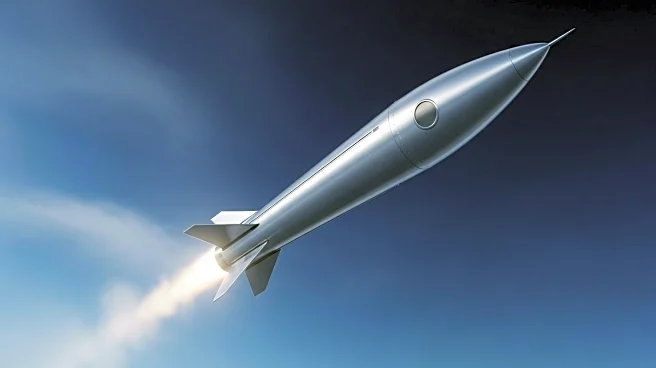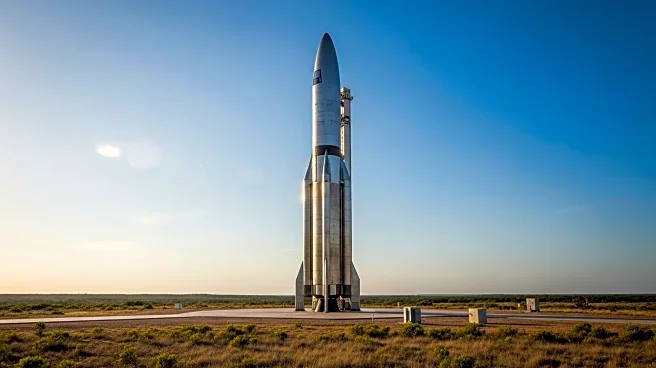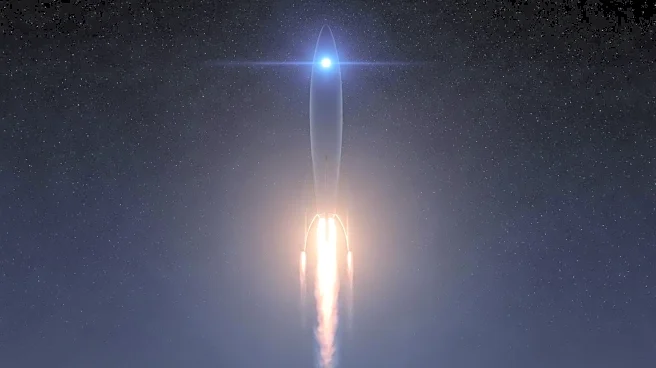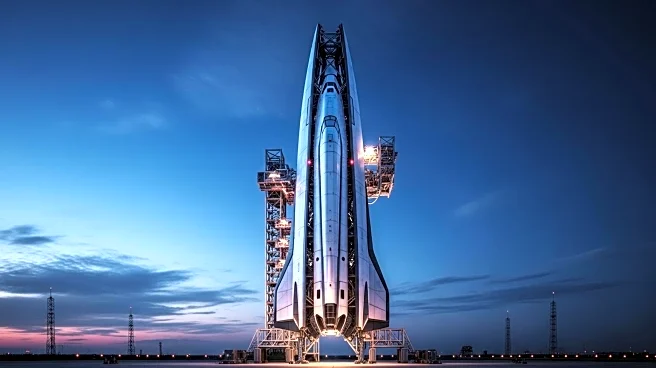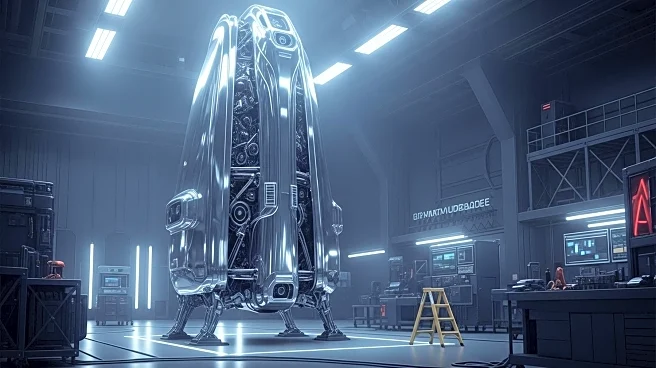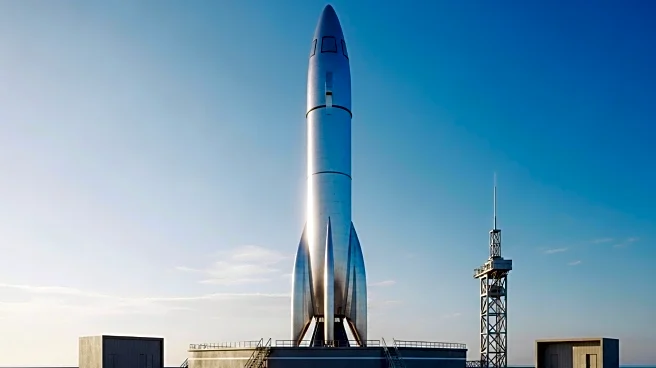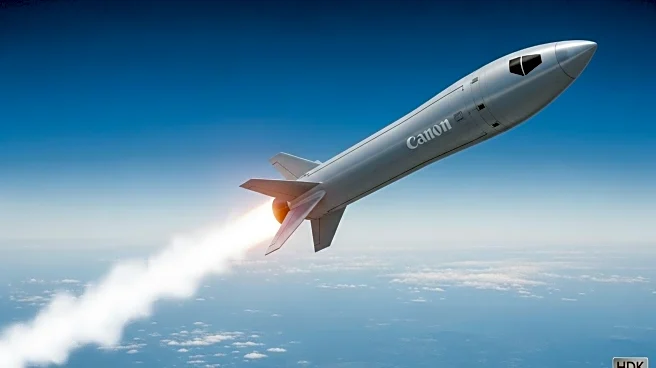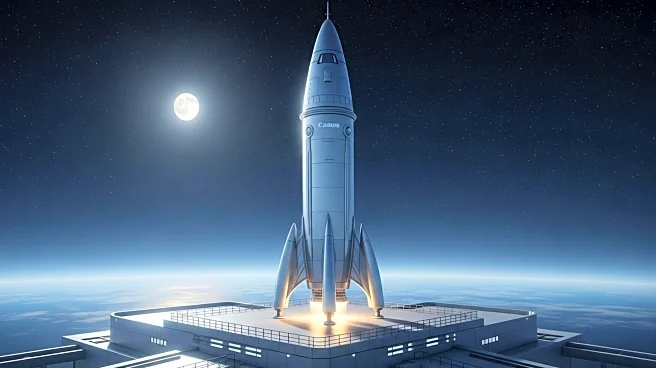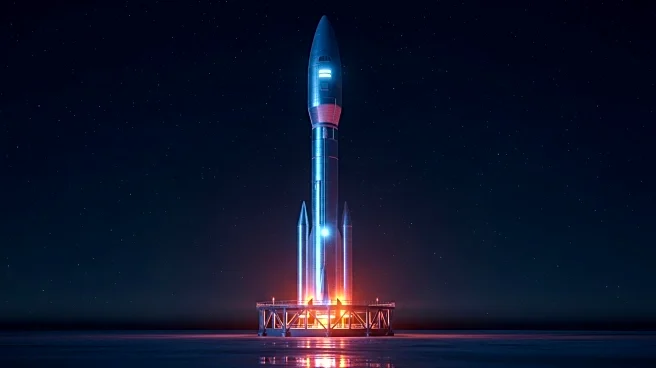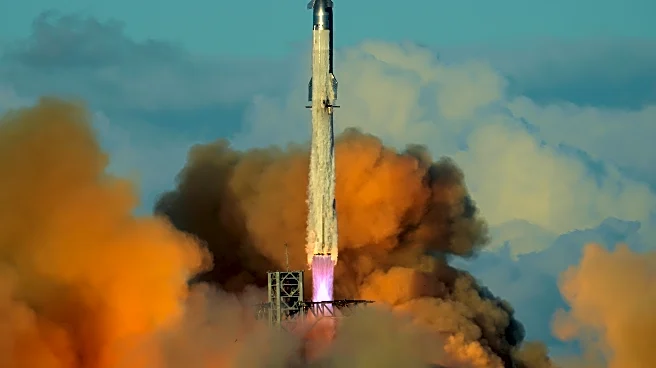What's Happening?
SpaceX successfully launched its Super Heavy-Starship rocket for the 11th time on Monday, marking another milestone in its series of test flights. The launch builds upon previous successes and demonstrates the company's ongoing progress in developing its next-generation spacecraft. The test flight is part of SpaceX's broader efforts to advance space exploration capabilities and achieve its long-term goals of interplanetary travel.
Why It's Important?
The successful test flight represents a significant step forward for SpaceX and the commercial space industry. It highlights the company's commitment to innovation and its role in driving advancements in space technology. The progress made with the Starship rocket could have far-reaching implications for future space missions, including potential human travel to Mars and beyond. This development also reinforces the United States' position as a leader in space exploration, with SpaceX playing a pivotal role in shaping the industry's future.
What's Next?
SpaceX is expected to continue refining its Starship design and conducting additional test flights to ensure the spacecraft's reliability and safety. The company may also focus on developing infrastructure and technology to support long-duration space missions. As SpaceX advances its capabilities, it could attract further investment and collaboration opportunities, potentially accelerating the timeline for interplanetary travel. The success of these test flights may influence other space agencies and companies to pursue similar initiatives, fostering competition and innovation in the industry.
Beyond the Headlines
The advancements made by SpaceX could lead to broader discussions on the ethical and environmental implications of space exploration. As the company moves closer to achieving interplanetary travel, considerations around the sustainability of such missions and their impact on celestial bodies may arise. Additionally, the success of SpaceX's test flights could inspire a new generation of scientists and engineers, encouraging interest in STEM fields and contributing to the growth of the space industry.
